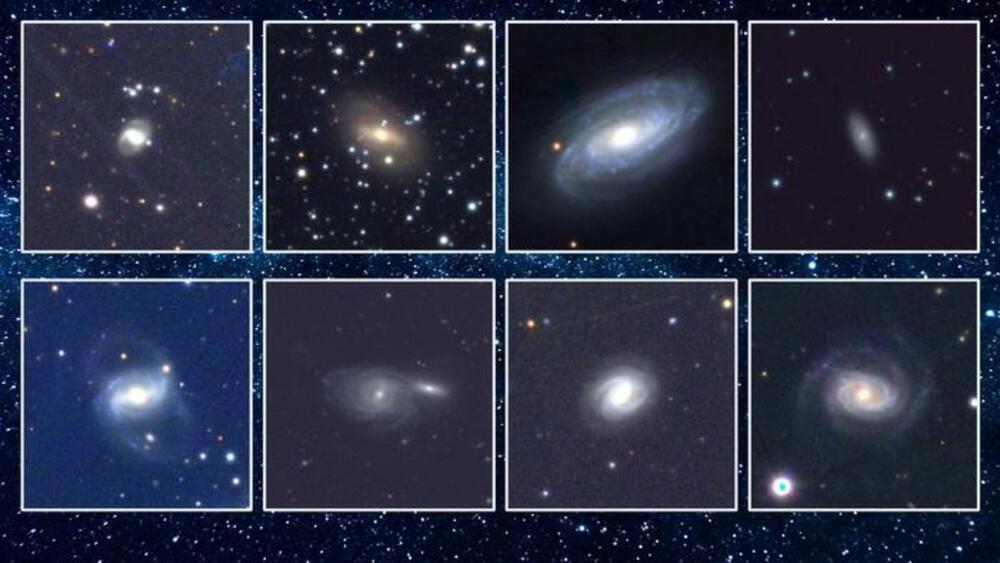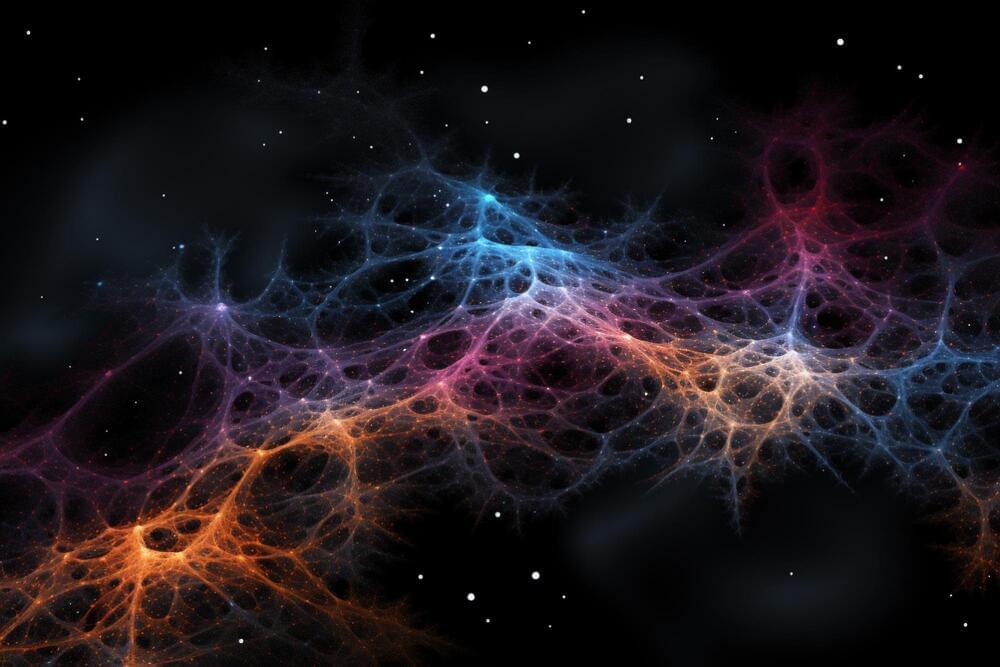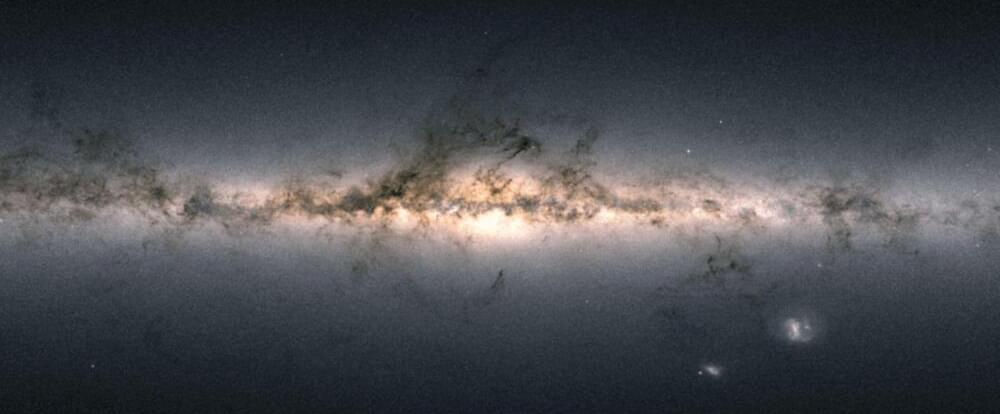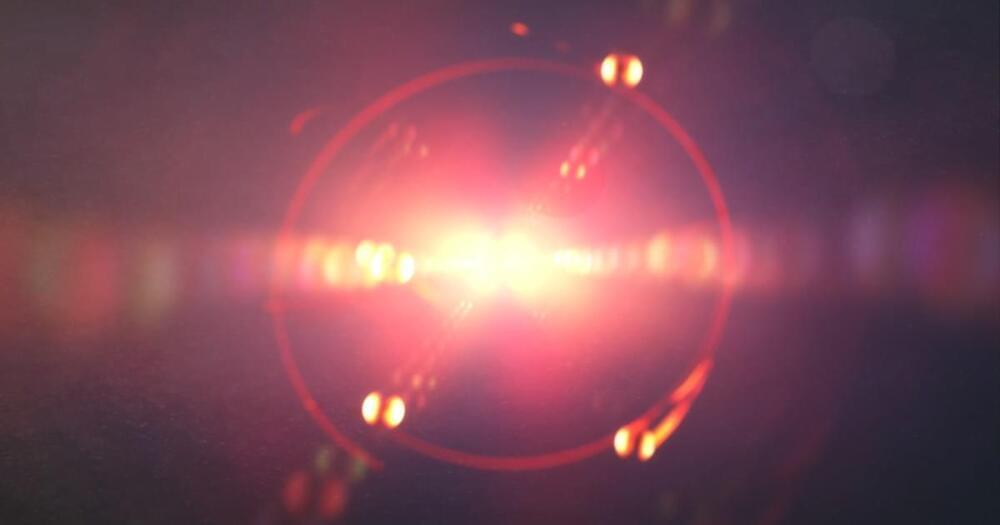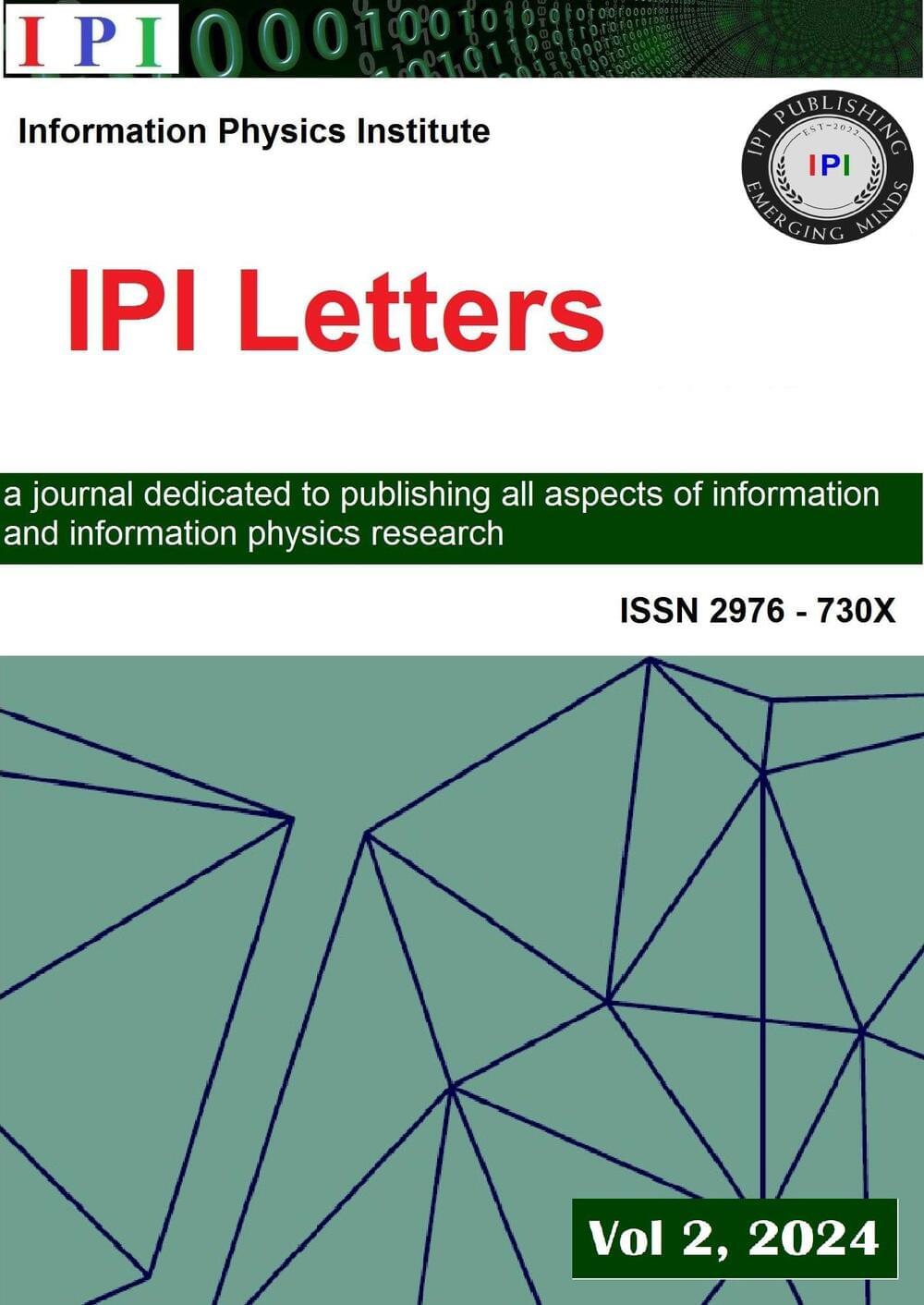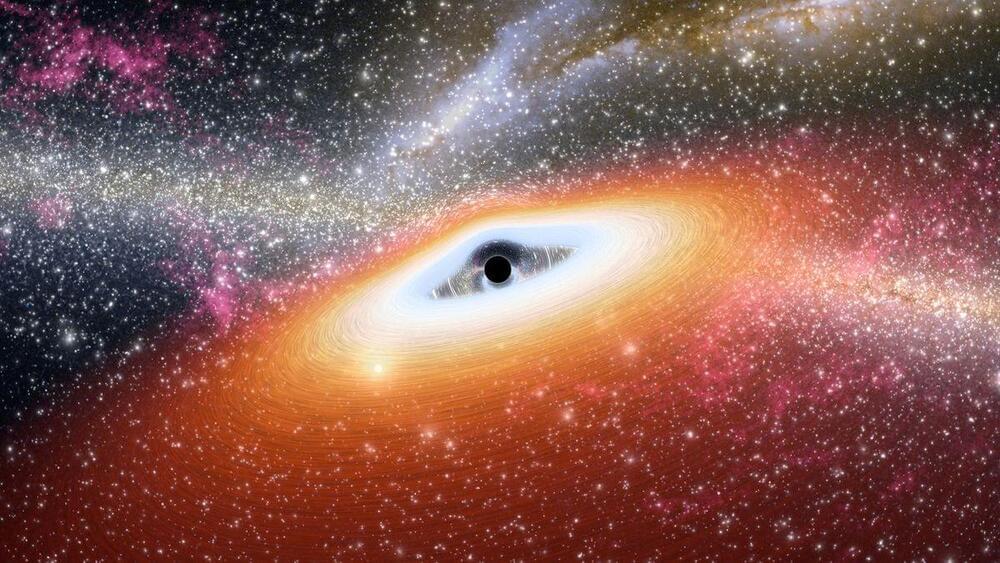A consensus has arisen in the astronomical community that familiar matter made of atoms is not the dominant form of matter in the Universe. Instead, an invisible form of matter, called dark matter, is thought to be far more prevalent. However, a small group of researchers deny the existence of dark matter, instead saying our understanding of how objects move is incomplete. A recent paper in the Monthly Notices of the Royal Astronomical Society seems to have ruled this out definitively.
Stars, planets, and galaxies move under the direction of the force of gravity, and Isaac Newton worked out the laws that govern that motion, which we now call Newtonian dynamics. However, despite the enormous success of Newtonian dynamics, this success is not universal. Indeed, when Newton’s equations are applied to certain astronomical phenomena, they do not make the correct predictions. One such example is the speed at which galaxies rotate. When astronomers measure the speed of stars in the periphery of a galaxy, they move faster than can be explained by accepted theory. Instead, the galaxies should fly apart.
The solution to this mystery favored by most scientists is that beyond the familiar stars and clouds of gas, our galaxy also hosts a large amount of invisible matter, called dark matter. This dark matter adds to the gravitational force holding the galaxy together. Thus, the evidence for dark matter is indirect. It has never been observed in the laboratory; yet its ability to explain the motion of galaxies is strong circumstantial evidence that it exists.
